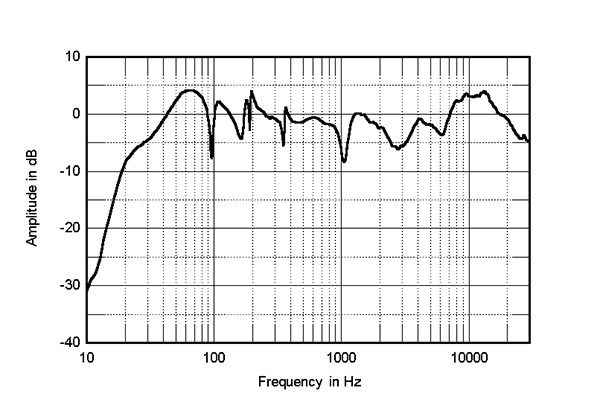@audiokinesis With your discussion of on-axis/off-axis, made me wonder if that means these speakers should not be toed-in--ie so listening position is off-axis? or perhaps toed-in to where the "crossing point" is in front of listener?
What if a high end speaker measures really badly?
You know, it's true that I feel listening is more important than measurements and that it's generally difficult to really tie together measurements with pleasure. Below 0.05% THD do I care? No I do not. I really don't care. The number tells me nothing about whether I'd like the amp more or not anymore.
In this one memorable review for the Alta Audio Adam speaker, I really felt shivers go up my spine when I looked at the measurements, especially at ~$20kUSD. This looks like an absolute hot mess. Does it sound this bad though? I certainly don't have the $20K to test that out myself. What do you all think?

- ...
- 108 posts total
@wyoboy wrote: "@audiokinesis With your discussion of on-axis/off-axis, made me wonder if that means these speakers should not be toed-in--ie so listening position is off-axis? or perhaps toed-in to where the "crossing point" is in front of listener?" I’ve seen a different Alta Audio model (which I enjoyed enormously) at an audio show and they had them toed-in just a little bit. Here’s a link to a YouTube video with the Adams, again toed-in just a little bit; conversation with the designer starts around 3:00. If there is anything amiss that correlates with the Stereophile on-axis curve, it’s apparently below my detection threshold:
They don’t strike me as designed for time-intensity trading; that is, axes criss-crossing in front of the listening position. So my instinct is that little or no toe-in would probably work best.
|
from what the graph shows, you have standing nodes. mainly cancelation - tall tale sign with those valleys. if you were using them to record then you'd have problems with mix down. but funny enough our brains do a lot of cognitive filtering such that much of it gets 'ignored' if you were to test the speakers either outside, properly setup then you would get what the manufacture would get. Room acoustics is an important factor to good measurements, but not necessarily bad sound. Floor reflections are particularly hard to control even in the studio. there are plenty of books on room acoustics and how to create a good environment. but its a good idea to provide some random reflection of random frequencies, such things as phase deflectors . but the most common and cost effective is floor to ceiling book shelves filled with various sizes of books. these will diffuse standing waves very effectively - you dont want to absorb the waves using dampening materials - unless you know what you are doing - REV is a free room analyzer that comes with a wealth of information on room calibration. I use it both in my studio and at home to calibrate my listening areas. Also should be aware on how the microphone used in testing is designed. omni's are great for overall response, but if you have a issue with standing waves - you wouldn't know where they are coming from , where as directional mics will. |
- 108 posts total

